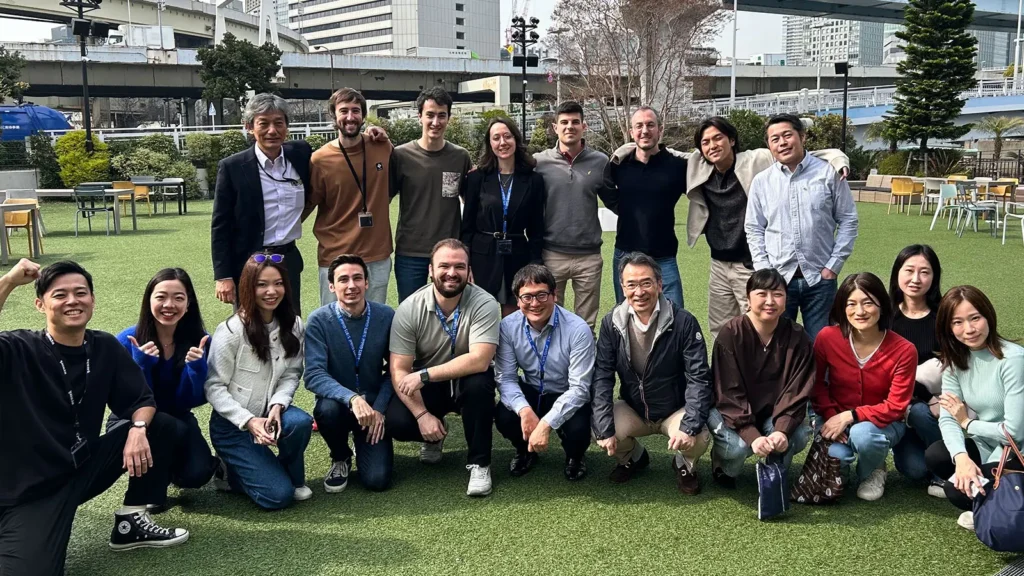Forging the Future of Global Voice: The SBTS Story

What happens when a telecom giant and a technology insurgent decide not to compete, but to reimagine the rules together? That’s the story of SBTS, the joint venture between SoftBank and BTS, now marking its eighth year.
In a recent interview, Andrés Proaño, Chief Revenue Officer at BTS, and Norioki Sekiguchi, CEO of SBTS Global, shared insights into the evolution of one of the most quietly transformative partnerships in global telecommunications.
From Legacy to Leadership
Sekiguchi recounted how, in 2015, SoftBank faced a crossroads: continue managing its traditional international voice business internally, or find a new model. The international voice business—a backbone of global communication—was becoming a burden: capital-heavy, slow to evolve, and ripe for reinvention. Rather than outsource or wind it down, SoftBank did something rare in telecom. It partnered with BTS, a nimble global carrier with deep wholesale expertise and its own technology stack. The result? A model that flipped convention. SBTS turned a legacy cost center into a high-performing business, multiplying revenue fivefold, eliminating CapEx, and proving that innovation isn’t about scale, but about structure and speed.Innovation as an Operating System
As Proaño put it, “Owning the stack isn’t just a technical choice. It’s a strategic one.” That control lets SBTS route, profile, and optimize traffic in real time while building entirely new lines of business, such as TALKINGbits, a voice AI interface connecting large language models directly to telecom APIs. Voice, in this future, isn’t disappearing. It’s becoming programmable, a living layer between humans and machines. Proaño concludes, “Voice keeps evolving, and we aim to pioneer its next chapter.”Blending Cultures, Building Teams
Technology may power the network, but people sustain it. Sekiguchi emphasized that while technology drives innovation, SBTS’ hybrid team, a blend of Japanese precision meeting Spanish ingenuity, has built something rarer than efficiency: cohesion. The result is a dynamic, people-first workplace where ideas flourish organically. Sekiguchi notes, “It’s not just about running a business. It’s about building a culture that listens as well as it leads.”A Vision for Sustainable Growth
The SBTS story is, at its core, a story of renewal: how legacy can evolve into leadership when companies design for agility, not just scale. “Our priority has always been the customer,” Proaño said. “By controlling our technology and nurturing long-term relationships, we continue shaping the future of global connectivity.”ABOUT THE AUTHOR
SBTS Team
A joint venture between SoftBank Corp. and BTS, SBTS helps carriers, CPaaS providers, hyperscalers, and enterprises navigate markets, technologies, and regulations. Solving global complexity through frictionless communications, smarter delivery, and stronger profitability, SBTS combines deep international expertise with regional specialization in APAC and Middle East. Leveraging the S1 platform, SBTS delivers seamless, sustainable connectivity, programmable communications, identity, and protection solutions.
All Posts





